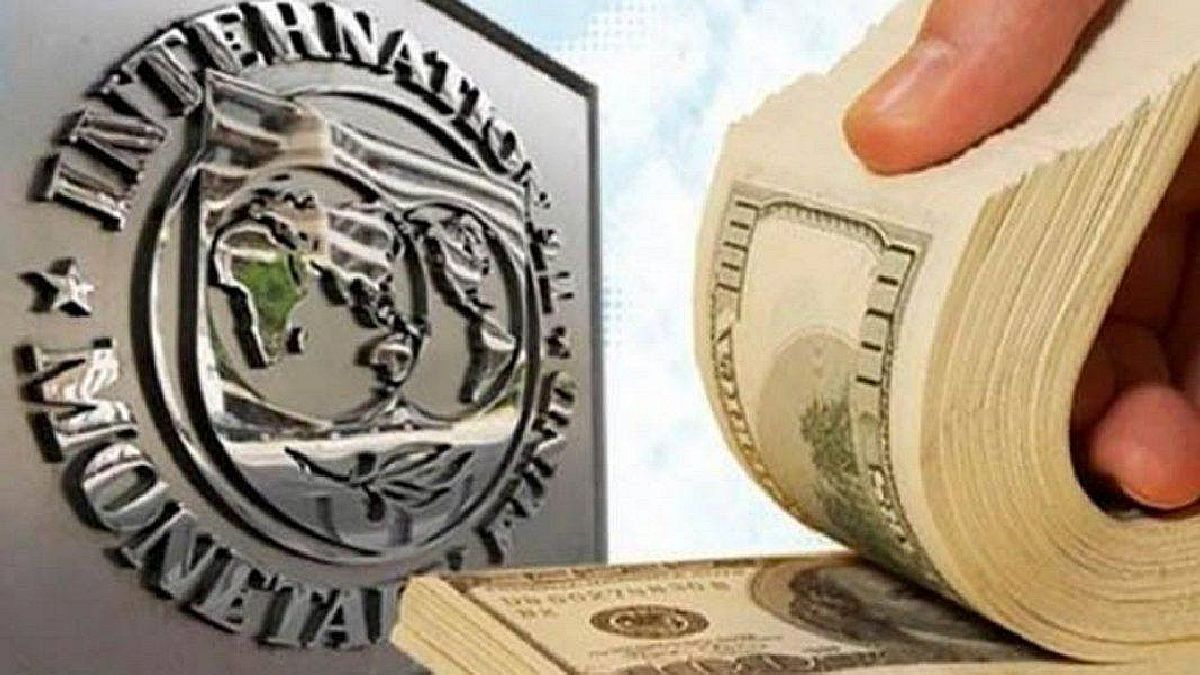During the first trimester, the BCRA met the objective. It issued $122,000 million below the $236,800 million of the monetary goal. However, in April and May, the dynamics of the BCRA began to accelerate, reaching a cumulative figure of $380.5 billion at the end of May (only $58 billion short of the monetary target for the month of June). To avoid default, part of these transitory advances was canceled with the SDRs transferred by the IMF during March, for an amount of $322.5 billion. In itself, the stock of transitory advances fell to $58,000 million (leaving an issue margin until the end of the year of another $650,000 million).
fmi.jpg
What is likely to happen? That due to higher inflation and higher nominality, the IMF modifies the estimate of the nominal GDP (set in the goals at $70,520,000 million) and in this way the emission goal that is equivalent to 1% of the GDP could be increased by approximately $150,000 million plus. The emission limit would go to just over $850 billion by 2022.
In short, “extra” financing granted by the IMF in SDRs was used to cancel transitory advances and issue more in 2022. Dollars (SDRs) are being used to cover financing in pesos and, with this “mechanism”, the monetary entity will draw more transitory advances than those allowed by the Organic Charter.
In addition to having to issue to cover the treasury, the BCRA is obliged to issue to pay the interest on the Leliqs and Passes. Currently, there is a stock of $5.6 trillion of remunerated liabilities.
What does this imply? That every time the reference interest rate rises, given the acceleration of inflation to try to contain the dollar and inflation, the burden of interest becomes heavier.
In 2020, the expansion due to interest payments was $721,559 million (2.6% of GDP). Last year, the BCRA paid $1,346,054 million to banks, equivalent to 2.9% of GDP. And so far in 2022, the payment of interest on the remunerated liabilities of the BCRA is already the first factor of monetary expansion. Practically, for every peso that the BCRA issues to assist the Treasury, almost $2 is printed to pay interest to the banks.
In short, the hasty use of all kinds of gadgets to meet the monetary goalturn on warning signs. The fine print of the program can give some air. But, and beyond this, if this fiscal dynamic continues (with spending growing in real terms) it will be very difficult for the issuance goal to be met. What is observed in the data is that the factor that explains the variation in the monetary base is the payment of interest on Leliqs and Passes (estimated at $1.8 trillion for all of 2022). Even adjusting the emission destined to cover the deficit, the interests will continue injecting pesos.
Professor at the University of CEMA.
Source: Ambito




